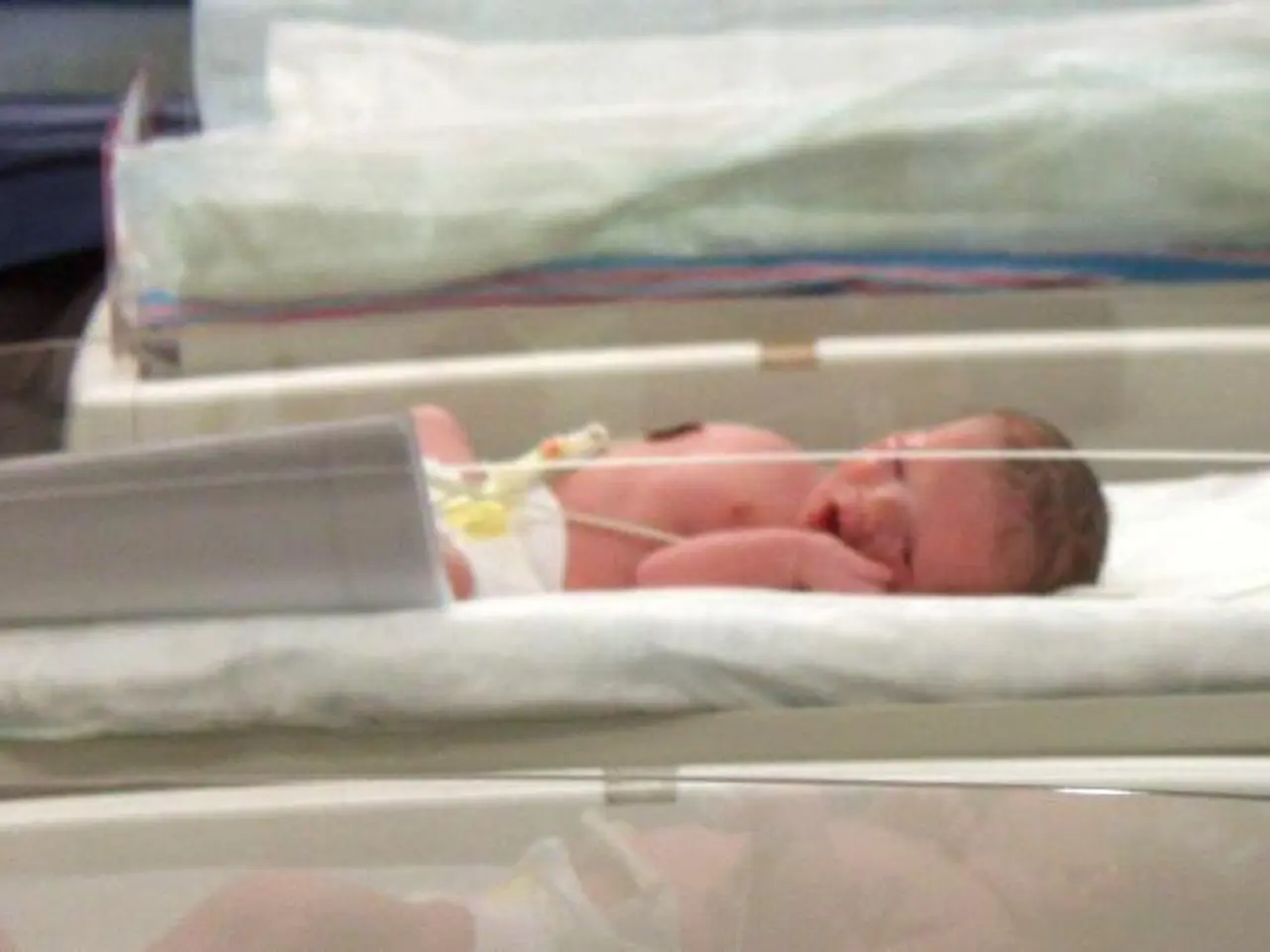III-Crafted Offspring Via Revolutionary 3-Person IVF Procedure in the UK
In a significant breakthrough for reproductive medicine, a new IVF technique called Mitochondrial Donation or Mitochondrial Replacement Therapy has been successfully used in the UK to reduce the risk of genetic diseases. This innovative method, pioneered by researchers at Newcastle University and the Newcastle upon Tyne Hospitals NHS Foundation Trust, has resulted in eight healthy babies, including one set of identical twins, being born as of mid-2025.
The technique works by transferring the nuclear DNA from the fertilised egg of a woman affected by faulty mitochondrial DNA into a donor egg that has healthy mitochondria but had its own nuclear DNA removed. As a result, the embryo has nuclear DNA from the intended parents and a small amount (less than 1%) of healthy mitochondrial DNA from the donor. This significantly reduces the risk of passing on mitochondrial diseases, which can cause severe disability and often have no cure.
The process was legally approved in the UK in 2015 after extensive lobbying and debate, addressing ethical, safety, and public trust concerns. It represents a major breakthrough in preventing incurable mitochondrial diseases and giving affected families the chance to have genetically related healthy children.
Key points about the technique include:
- It works by transplanting nuclear genetic material from the mother’s fertilised egg to a donor egg with healthy mitochondria. - The resulting embryo has nuclear DNA from both parents, while mitochondrial DNA largely comes from the donor. - The donor's DNA constitutes approximately 0.1% of the newborn's DNA. - The technique reduces the transmission of mitochondrial DNA diseases. - All eight babies born using this method show no signs of mitochondrial DNA disease, and the mothers' pathogenic mitochondrial DNA mutations are either undetectable or present at very low, non-disease-causing levels. - The results of the UK trial using this new IVF technique were published in several papers in the New England Journal of Medicine. - The new IVF technique could potentially change the landscape of genetic disease transmission in the future.
The term "three-parent babies" has been used to describe the result of this process, but researchers have contested this term. Mitochondrial diseases cannot be treated, and the findings are considered a breakthrough in the field of reproduction. The new IVF technique was used to prevent the transmission of genetic diseases from mothers to their babies, a development that raises hopes for women with mitochondrial DNA mutations to have children without passing on debilitating or deadly diseases.
One out of every 5,000 births is affected by mitochondrial diseases, which can manifest in symptoms such as impaired vision, diabetes, and muscle wasting. The results of the world-first trial were announced on Wednesday. This innovative technique represents a significant leap forward in the fight against genetic diseases and offers new hope to affected families.
- The breakthrough in reproductive medicine, known as Mitochondrial Donation or Mitochondrial Replacement Therapy, has the potential to revolutionize the landscape of fitness and exercise, mental health, and overall health and wellness, by reducing the transmission of chronic diseases like mitochondrial diseases.
- In the realm of nutritional science, understanding the impact of diet on mitochondrial health is crucial, as these diseases can cause symptoms such as impaired vision, diabetes, and muscle wasting.
- Women's health, particularly those with inherited mitochondrial DNA mutations, may find relief through the innovative new IVF technique, as it allows them to have genetically related, healthy children without passing on debilitating or deadly diseases.
- Scientists and medical professionals have hailed the success of this technique, publishing their findings in prestigious journals like the New England Journal of Medicine, marking a significant milestone in the field of science and medicine.
- As this groundbreaking technique continues to evolve, it opens up questions and discussions on various fronts, including the ethical implications of manipulating genetic material and the broader implications for the future of health and wellness.




